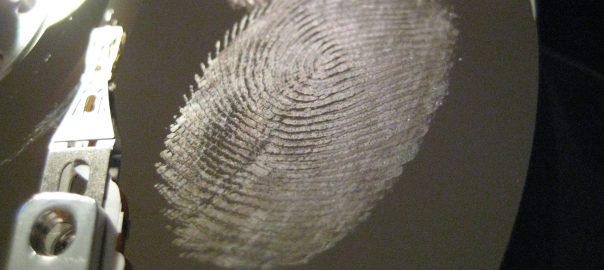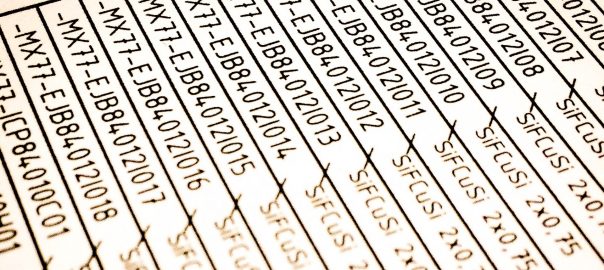The usage of the SSHFP resource record helps admins to authenticate the SSH server before they expose their credentials or before a man-in-the-middle attack occurs. This is only one great extension of DNSSEC (besides DANE whose TLSA records can be used to authenticate HTTPS/SMTPS servers).
While there are some great online tools for checking the mere DNS (1, 2), the correct DNSSEC signing (3, 4), or the placement of TLSA resource records for DANE (5, 6, 7), I have not found an online SSHFP validator. That’s the idea:









